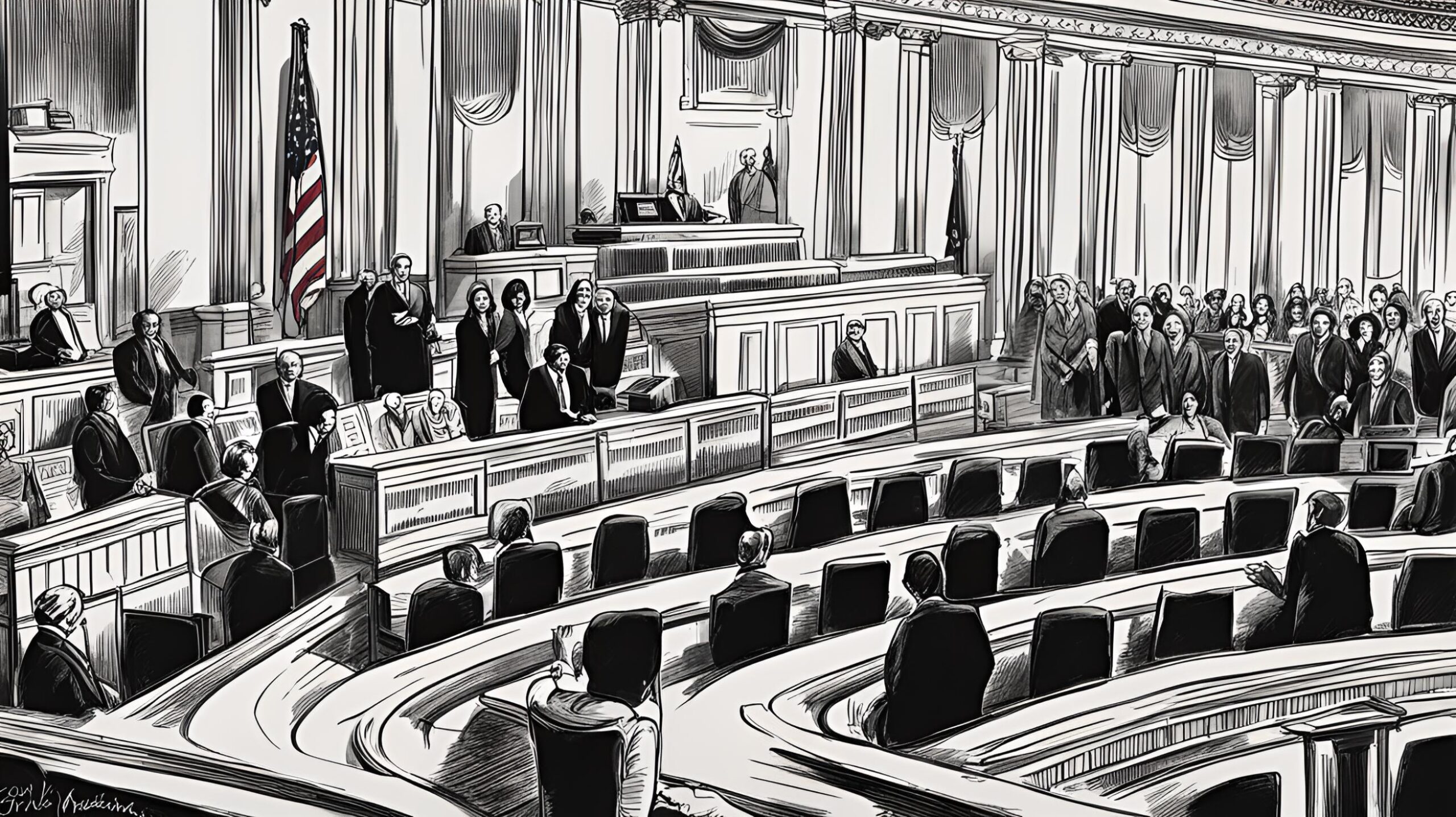Flashback to June 4
American History

On March 20, 1933, a shocking event took place in the history of the United States. Giuseppe Zangara, also known as Joe Zangara, was electrocuted for his assassination attempt on President Franklin Roosevelt. This incident left a lasting impact on the nation, reminding the citizens of the potential dangers faced by their leaders.
Joe Zangara, an Italian immigrant, harbored deep-seated resentment towards the government and the economic hardships he endured during the Great Depression. His target was President-elect Franklin Delano Roosevelt, who had just taken office a few weeks earlier. Zangara’s motive was widely believed to be a personal grudge against the government rather than any political ideology.
On the fateful day of the assassination attempt, President Roosevelt was addressing a crowd in Miami’s Bayfront Park. Zangara, armed with a .32-caliber handgun, managed to maneuver through the crowd and positioned himself only a few feet away from the President. He fired six shots in quick succession, aiming specifically at Roosevelt. Sadly, he missed the President but instead struck five other people, including Chicago Mayor Anton Cermak, who was standing nearby.
This assassination attempt sent shockwaves across the nation, as the President’s safety was compromised in such a brazen manner. The incident highlighted the need for increased security measures to protect national leaders, especially during public events. In the chaos that followed, the Secret Service swiftly apprehended Zangara and prevented any further harm.
The immediate aftermath of the event was marked by panic and concern for the injured victims. Anton Cermak, who sustained the most critical injuries, was rushed to the hospital. Unfortunately, despite undergoing multiple surgeries, Cermak succumbed to his wounds 19 days later. President Roosevelt and the other injured individuals, luckily, survived their injuries.
Joe Zangara’s trial began shortly after the event and attracted significant media attention. He was charged with four counts of attempted murder and one count of murder due to Cermak’s death. Zangara showed no remorse for his actions and remained uncooperative throughout the legal proceedings. Eventually, he was found guilty and sentenced to death by electric chair.
The execution of Joe Zangara took place on March 20, 1933, exactly one month after his assassination attempt. The event garnered immense public interest and was widely covered by newspapers across the country. Though there were mixed feelings about the death penalty, many saw Zangara’s punishment as fitting for his heinous act.
This assassination attempt on President Roosevelt and its aftermath served as a chilling reminder of the dangers faced by leaders in a democratic society. It prompted increased security measures for future presidents, ensuring their safety during public appearances. This incident also raised awareness about the need to address the economic and social issues plaguing the nation during the Great Depression, as it was suggested that Zangara’s actions were a result of his own desperation and frustration.
the attempted assassination of Franklin Roosevelt by Joe Zangara on March 20, 1933, remains a notable event in American history. The incident highlighted the importance of presidential security and the potential dangers faced by leaders in a democratic society. The swift apprehension and subsequent execution of Zangara served as a reminder of the consequences for such acts of violence.
We strive for accuracy. If you see something that doesn't look right, click here to contact us!
Sponsored Content

US Senate passes Women’s…
On June 4, 1919,…

Henry takes his first…
Henry's historic journey through…

Harold Hoffman, American politician…
Harold Hoffman, the former…

Terry Nichols is sentenced…
On 6/4/1998, Terry Nichols…

